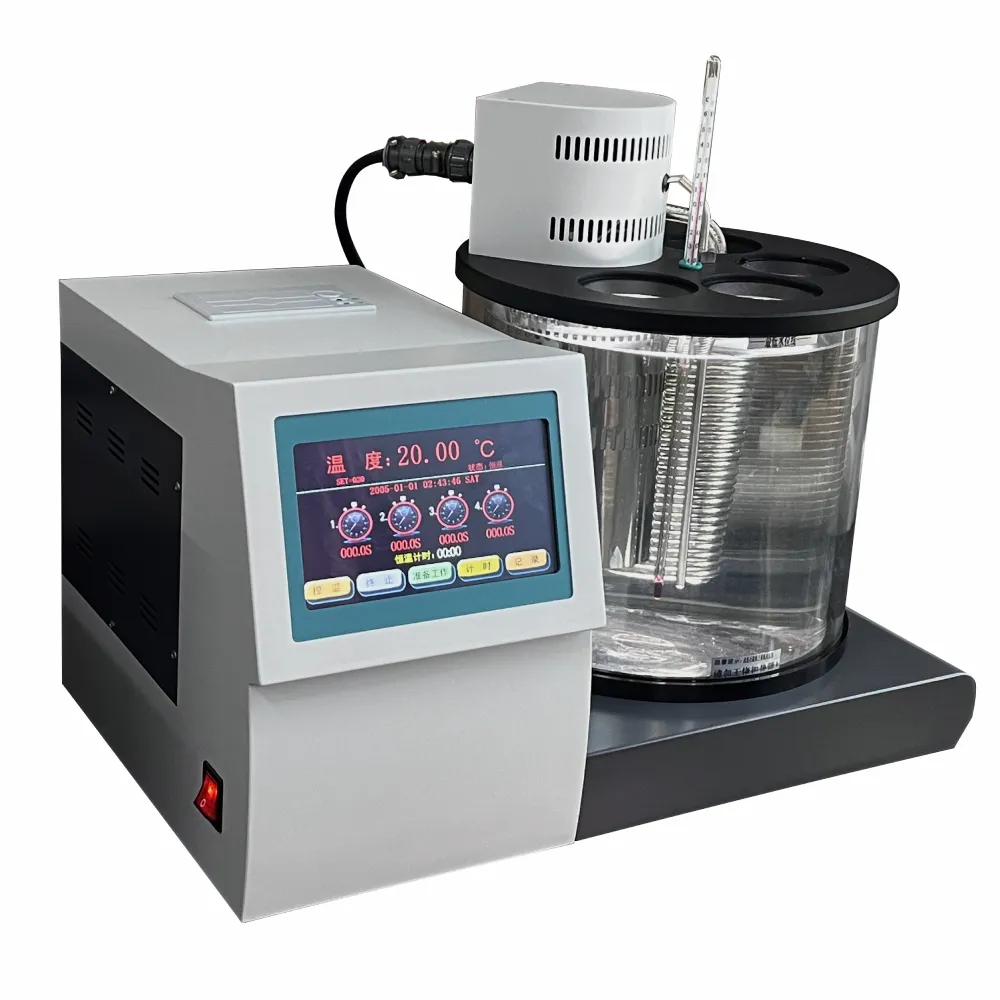 English
English


Understanding the Importance of Winding Resistance Testing in Transformer Maintenance and Performance Evaluation
Winding Resistance Test of Transformers
The winding resistance test is a crucial procedure for assessing the health and performance of transformers. This test is primarily conducted to measure the resistance of the transformer windings, which plays a significant role in determining the operational efficiency and potential issues that may arise in the transformer’s operation.
Importance of Winding Resistance Testing
Transformers are essential components in power distribution systems, responsible for stepping up or stepping down voltage levels to ensure the efficient transmission of electricity. The windings, typically made of copper or aluminum, are subject to various stresses, including thermal, mechanical, and electrical loads. Over time, these stresses can lead to resistance changes due to factors such as corrosion, winding deformation, and connection quality. Thus, measuring the winding resistance provides insights into the condition of the transformer and helps in identifying potential failures before they lead to catastrophic damage.
Test Methodology
The winding resistance test is usually performed using a low-voltage direct current (DC) source. During the test, a known current is passed through the windings, and the voltage drop is measured. According to Ohm's Law, the winding resistance can be calculated by dividing the measured voltage by the current.
Typically, the test is conducted under controlled conditions when the transformer is de-energized. It's essential to ensure that the test environment is safe and that all necessary precautions are in place to avoid accidents. The connection points of the windings should be clean and free of corrosion to ensure accurate readings.
A multimeter or a dedicated low-resistance ohmmeter is often used for this measurement. Modern devices may also have capabilities to store data and provide analysis to improve accuracy and efficiency.
Factors Affecting Winding Resistance
Several factors can influence the results of the winding resistance test
winding resistance test of transformer

1. Temperature The resistance of the conductor materials changes with temperature. Therefore, measurements are often adjusted to a standard temperature (usually 20°C) for accurate comparisons.
2. Winding Quality The resistance can indicate the quality of the winding connections. Poor connections can lead to higher resistance and increased heat generation during operation.
3. Moisture and Contaminants The presence of moisture or contaminants can lead to increased resistance and deterioration of the winding materials.
4. Mechanical Damage Physical damage to the windings can lead to changes in resistance, signaling a need for further inspection.
Interpreting Results
Once the resistance values have been obtained, they should be compared against the manufacturer's specifications and historical data of the transformer's previous tests. Significant deviations from expected values can indicate problems. For instance, a sudden increase in resistance might suggest a loose connection or damaged winding, whereas a decrease could indicate shorted turns or other issues.
Moreover, resistance values should also be consistent across similar windings. For three-phase transformers, the measured resistance should be within a specified range among the three phases. Any significant discrepancies can highlight issues like unbalanced windings or failure in one phase.
Conclusion
The winding resistance test is a vital diagnostic tool in transformer maintenance, as it helps detect potential issues that could lead to failures if left unchecked. Regular testing, combined with a thorough analysis of the results, can lead to improved reliability and performance of transformers in power systems. By prioritizing this test, utilities and operators can ensure the longevity and efficiency of their transformer assets, ultimately contributing to a more reliable electricity supply.
-
Differences between open cup flash point tester and closed cup flash point testerNewsOct.31,2024
-
The Reliable Load Tap ChangerNewsOct.23,2024
-
The Essential Guide to Hipot TestersNewsOct.23,2024
-
The Digital Insulation TesterNewsOct.23,2024
-
The Best Earth Loop Impedance Tester for SaleNewsOct.23,2024
-
Tan Delta Tester--The Essential Tool for Electrical Insulation TestingNewsOct.23,2024





